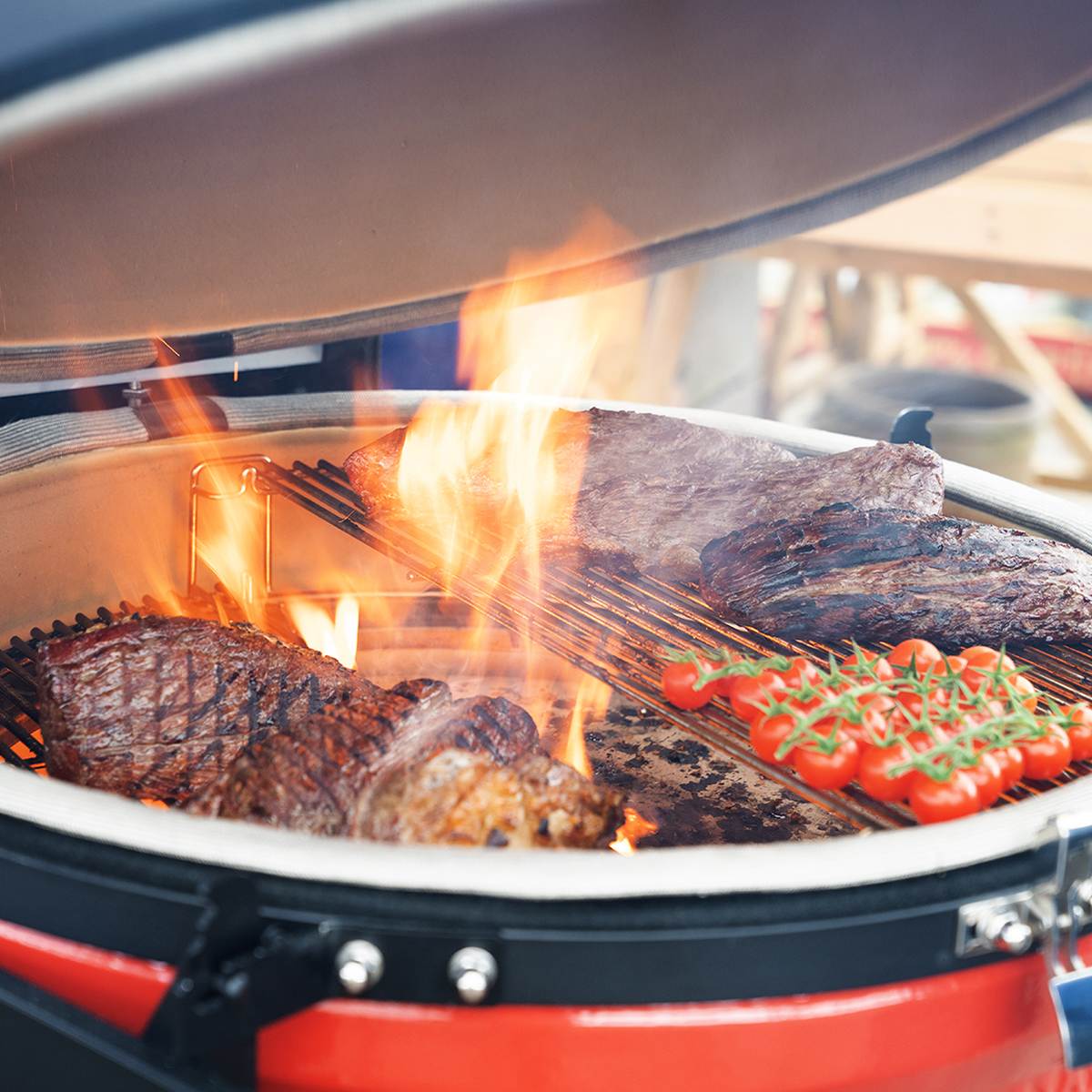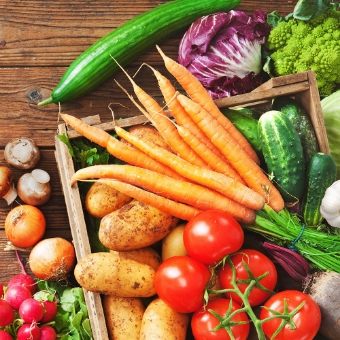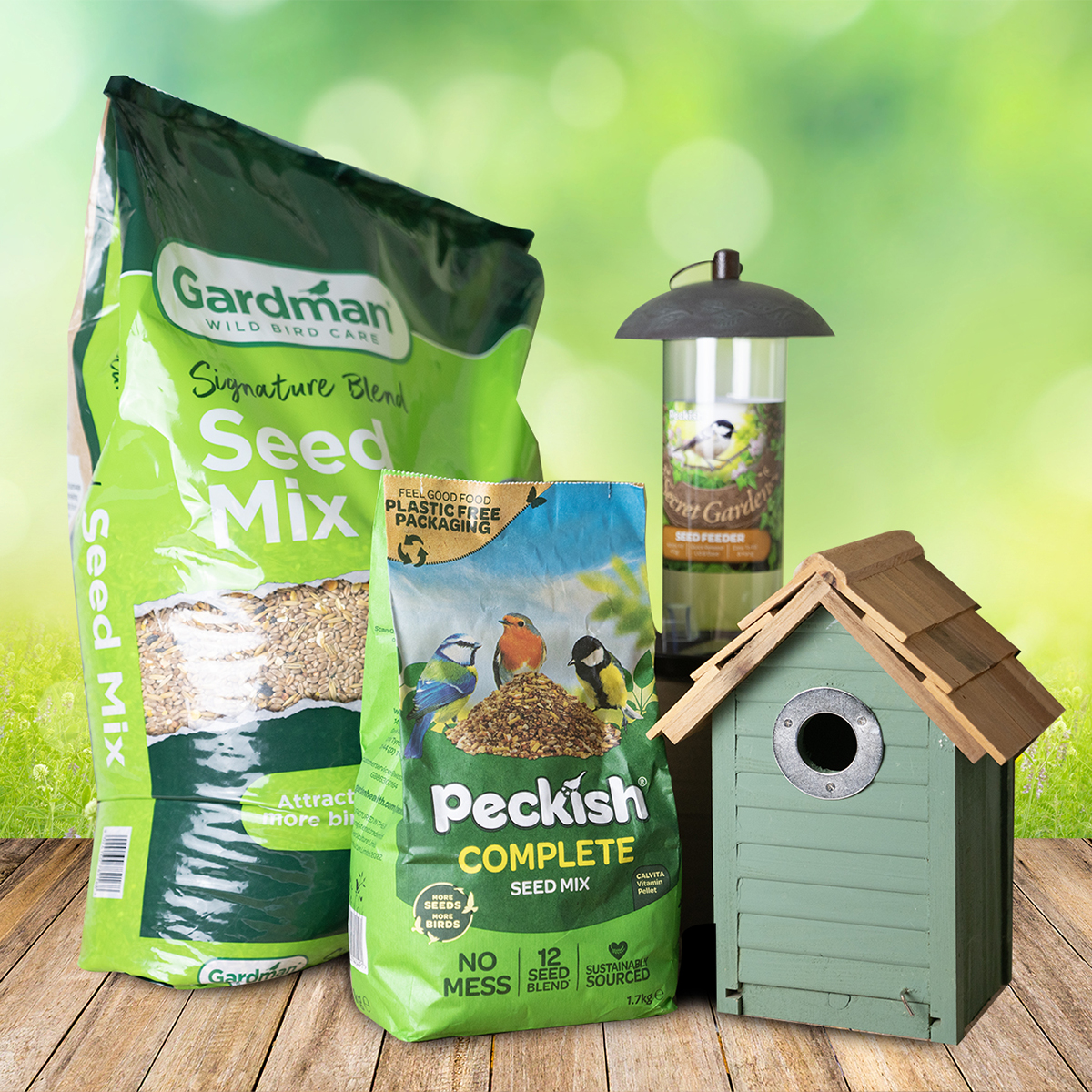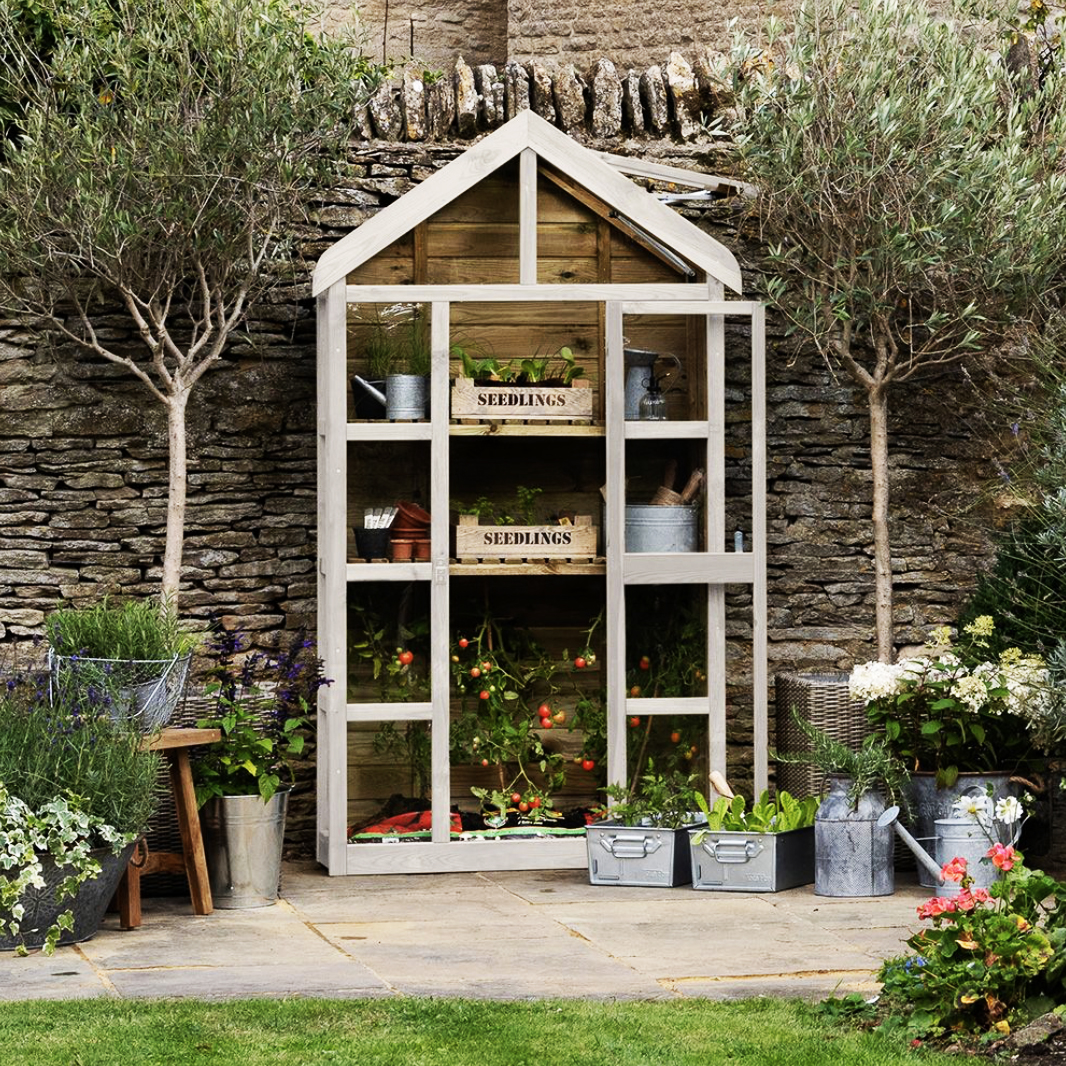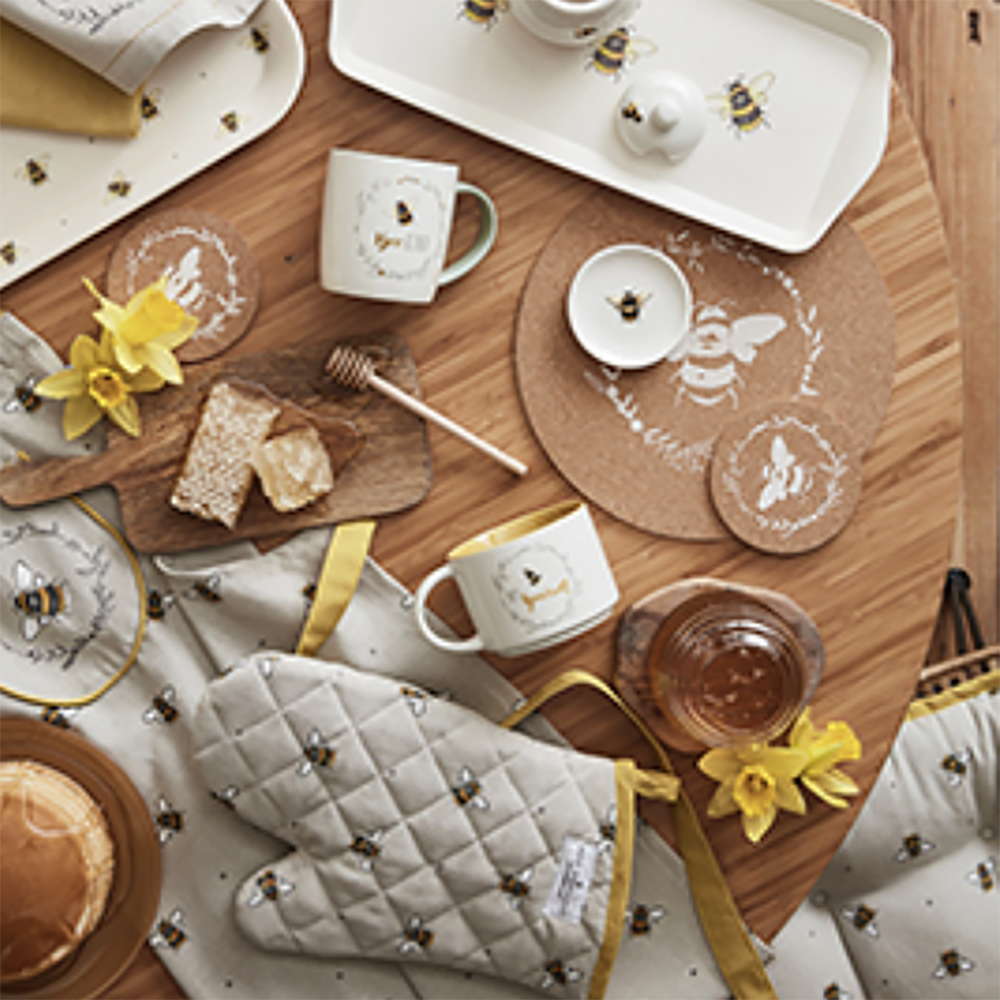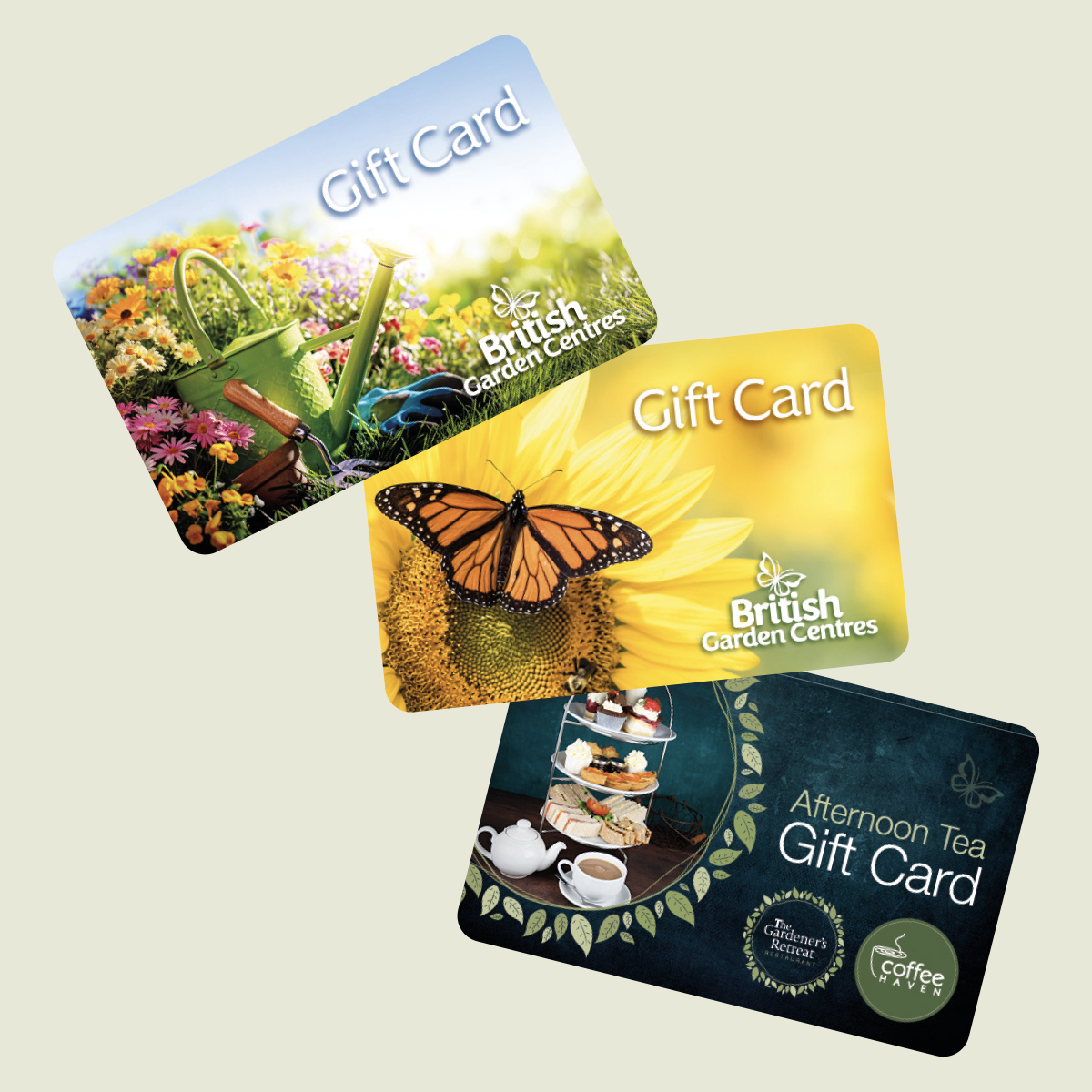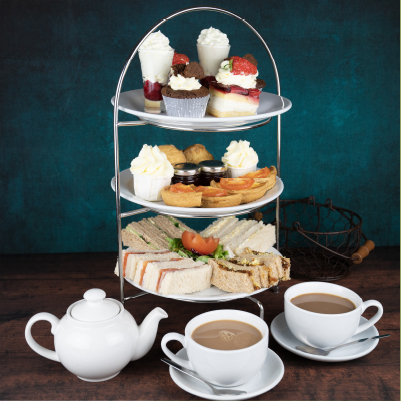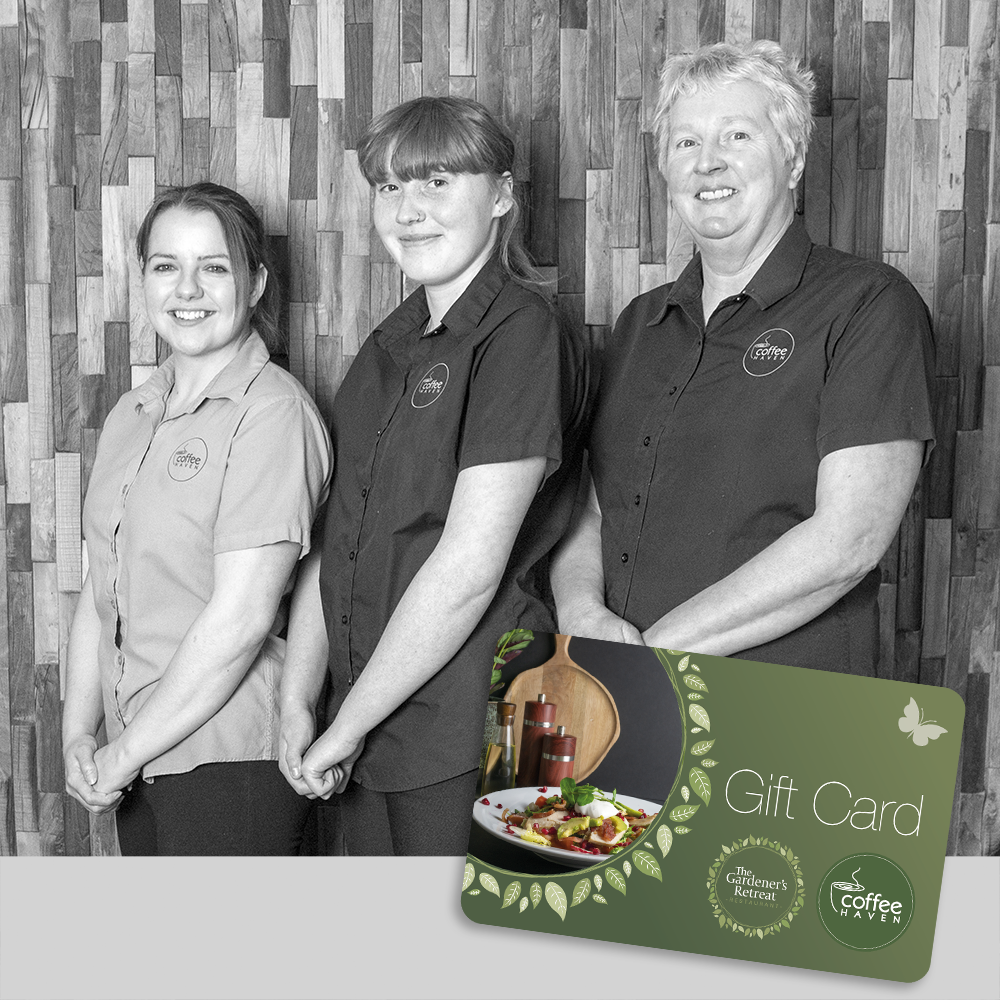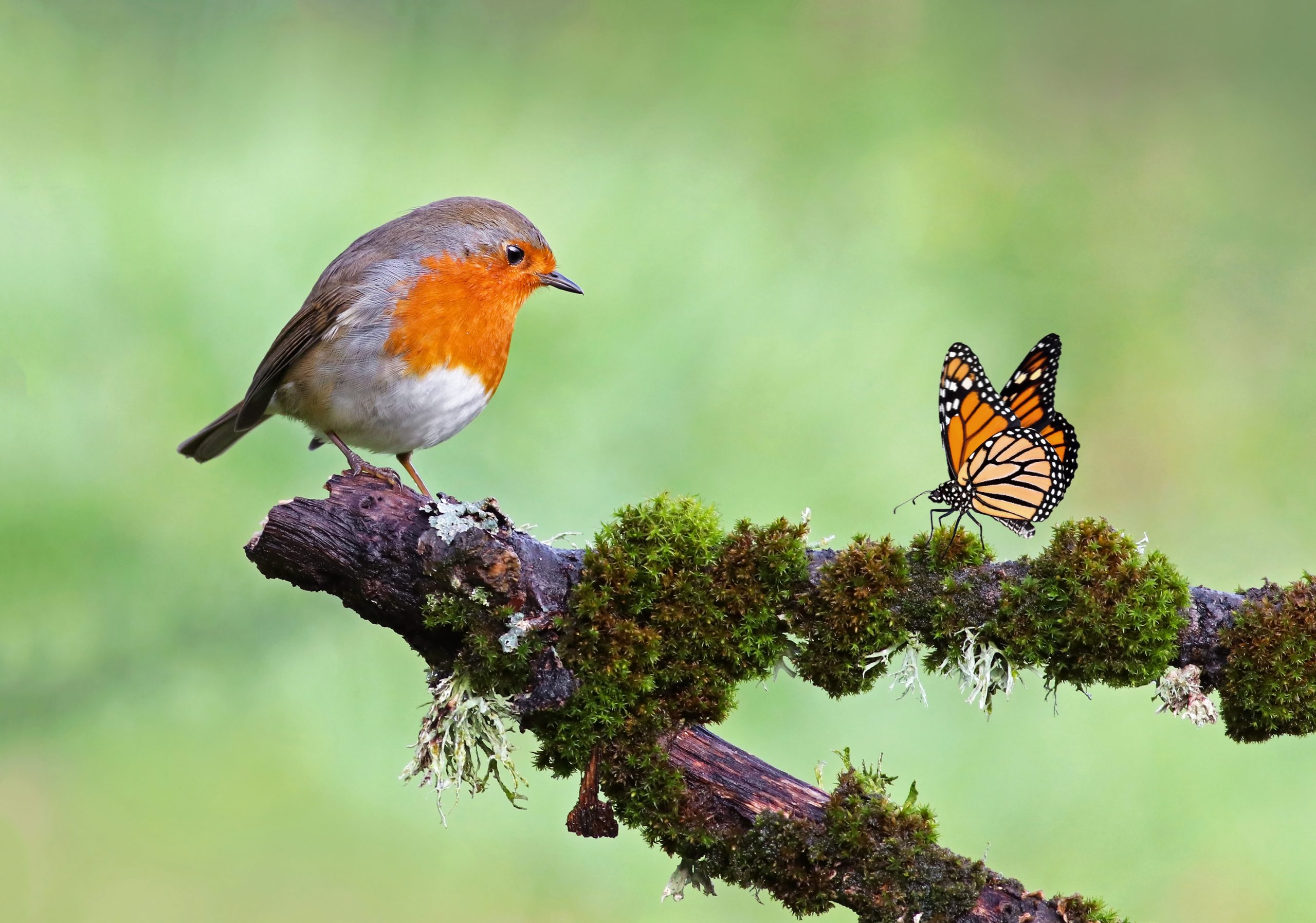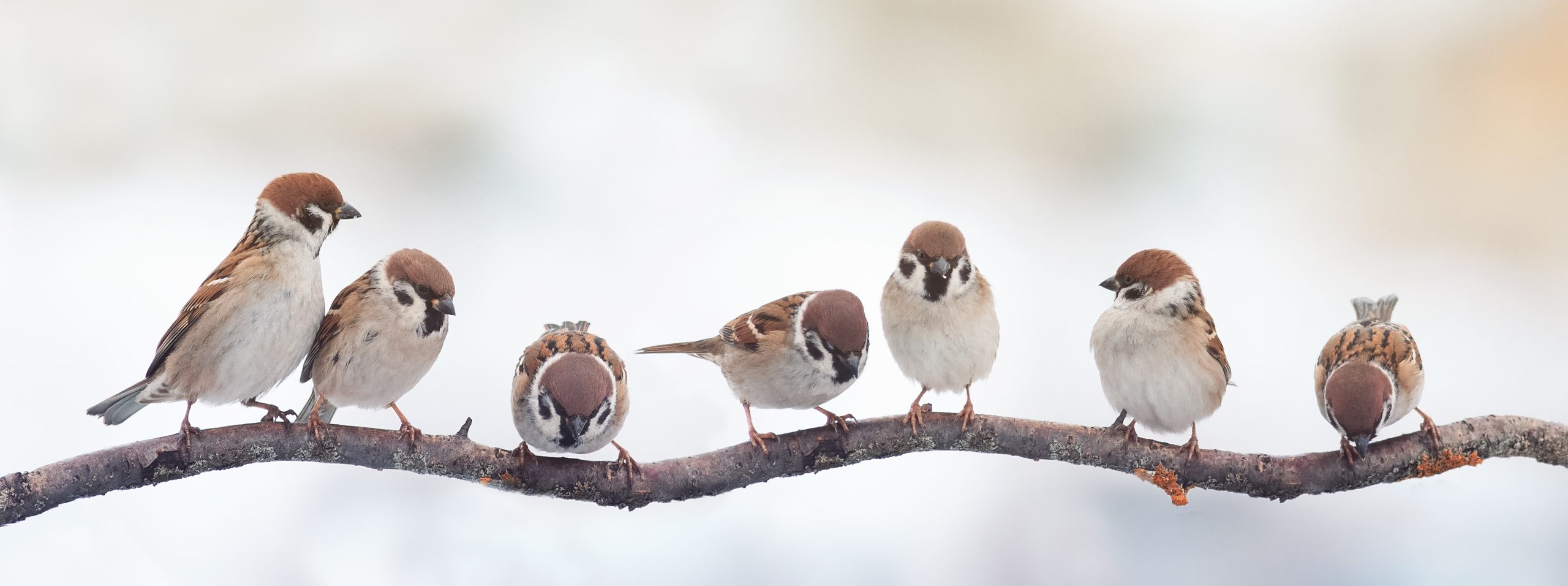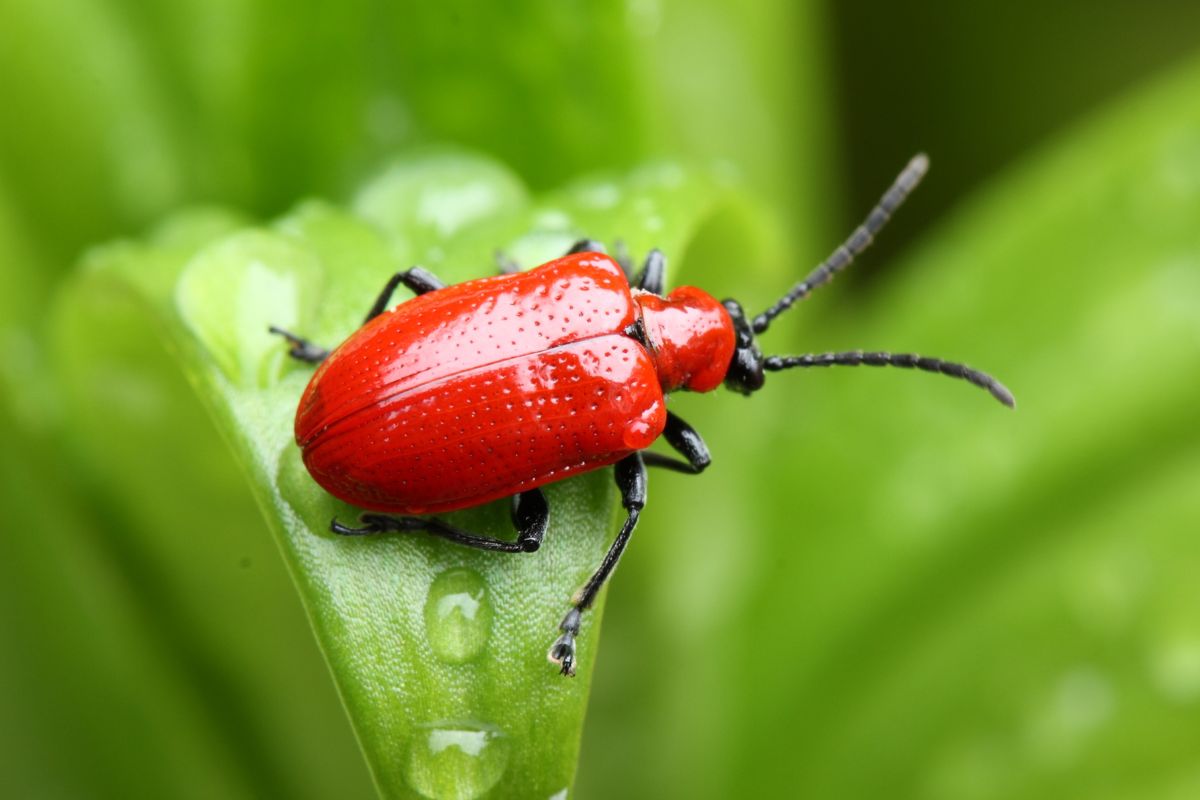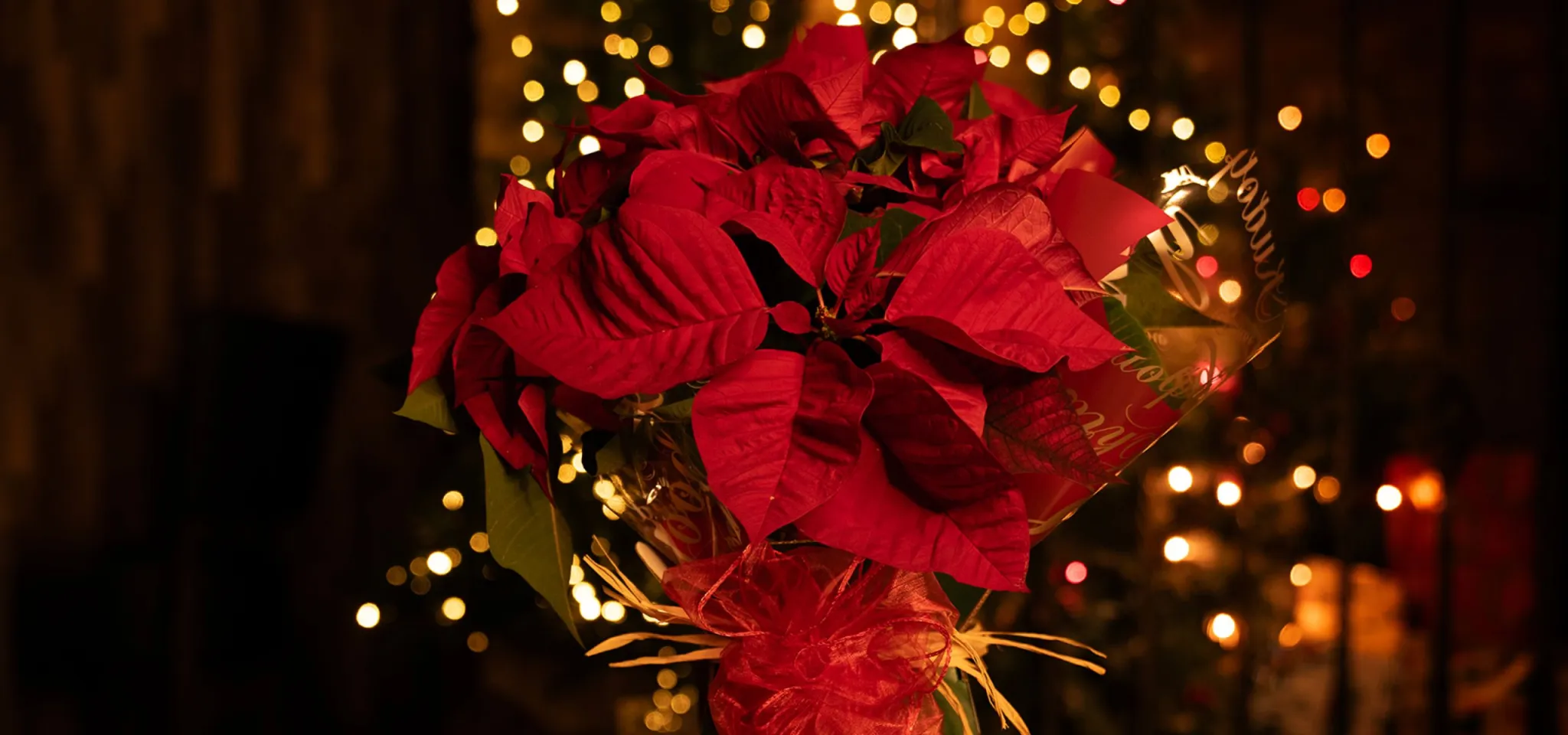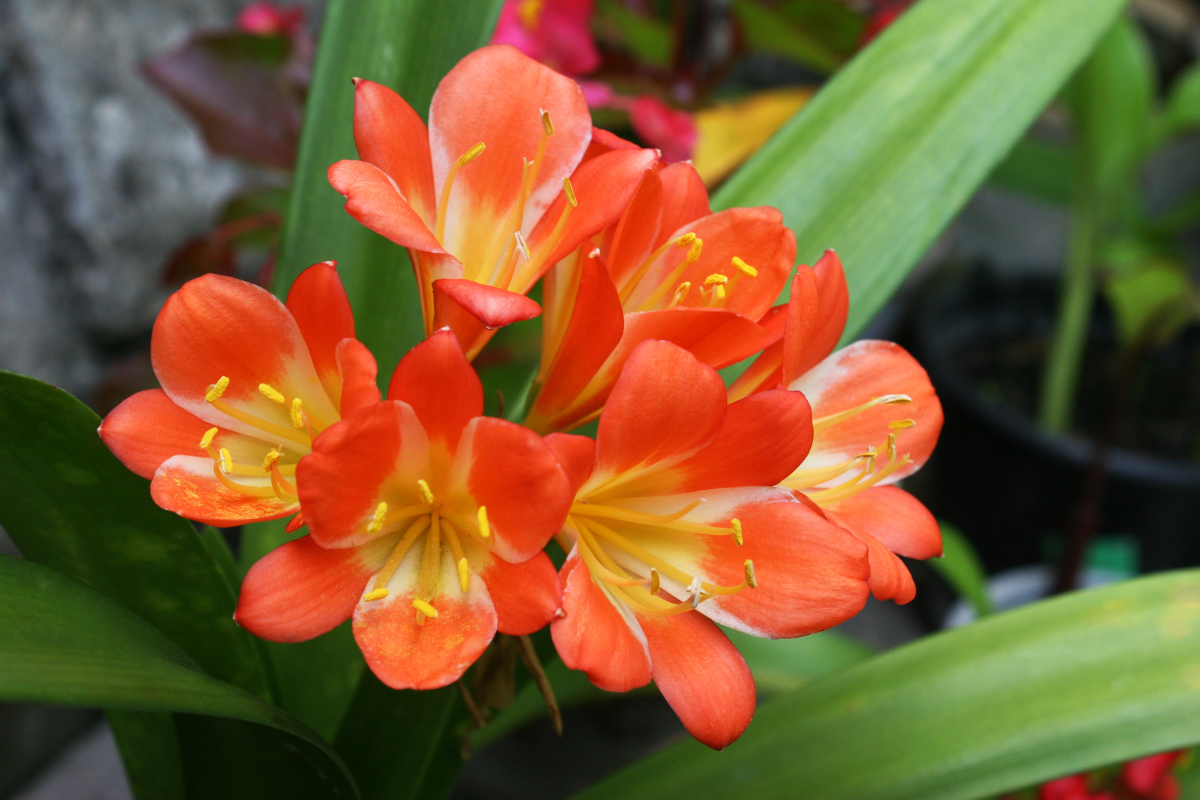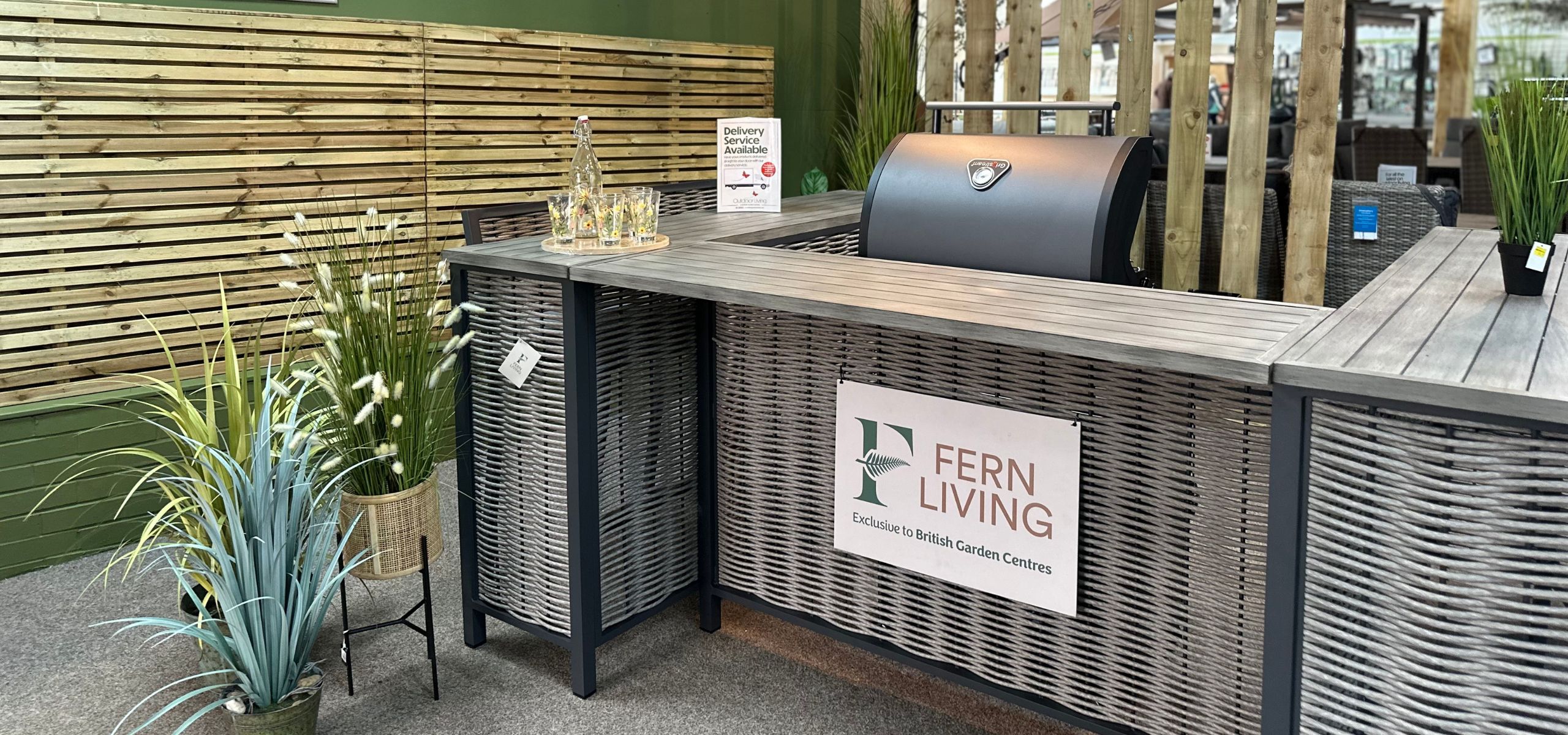Late January is the perfect bird-watching season. Many birds are fond of gardens in the winter as that is where they source most of their food, from bird tables and feeders. This weekend is the perfect time to start bird-watching and get involved with RSPB's Big Garden Bird-watching event.
We have everything you need to attract the most popular birds to your garden from Mealworms, Seeds, and Energy balls. Different birds prefer different foods. Take a look below to see some of our food suggestions for different birds.
This is a fun activity for everyone to enjoy and great family activity for the last weekend of January.
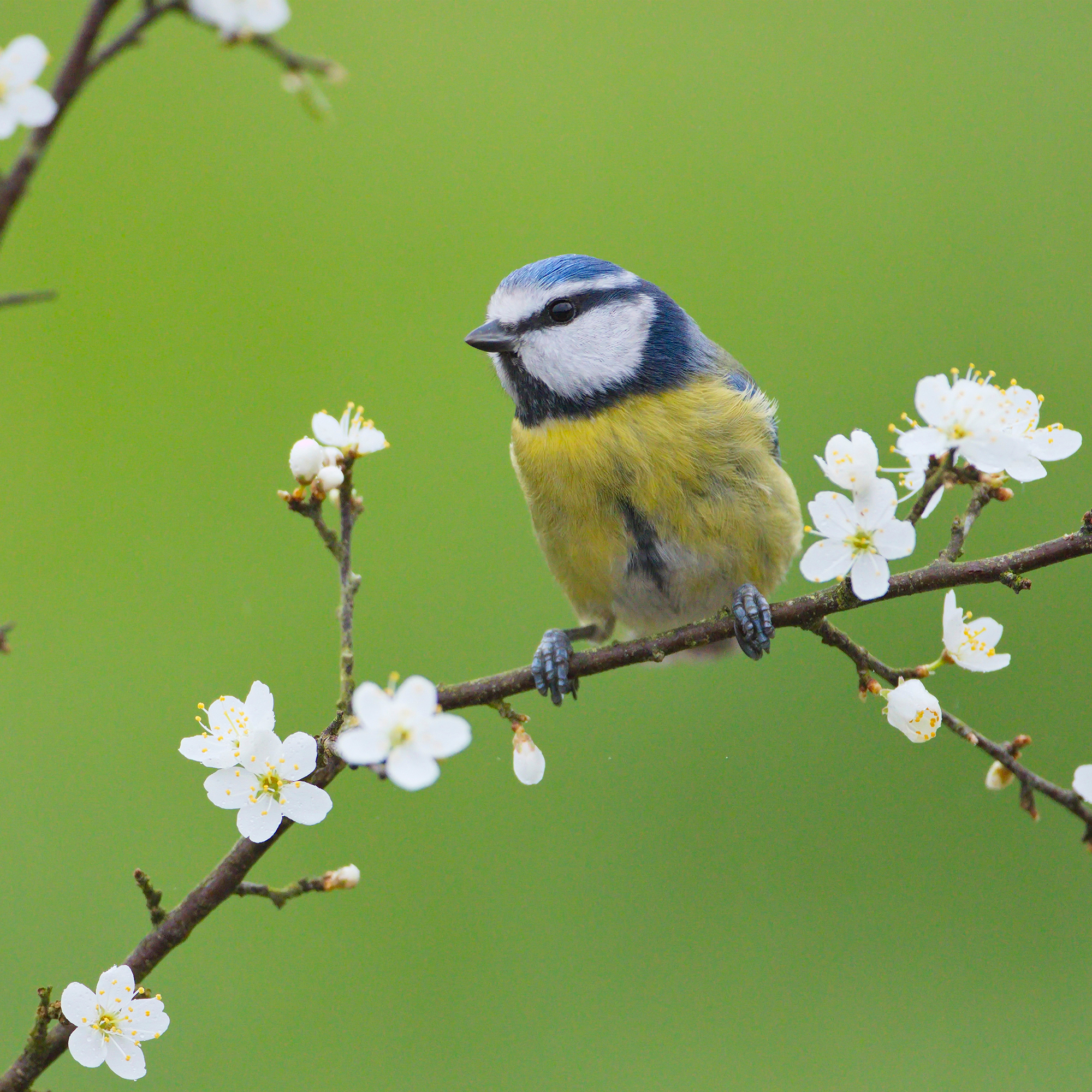
Blue Tit
Blue Tit birds are beautiful birds with stunning feathers of blue, yellow, white and green. They are one of the most recognisable birds for their unique colour pattern. They are relatively small birds with a wingspan of 18cm and in winter there is a presumed population of 15 million. They are most attracted to Sunflower Hearts and Energy Balls.
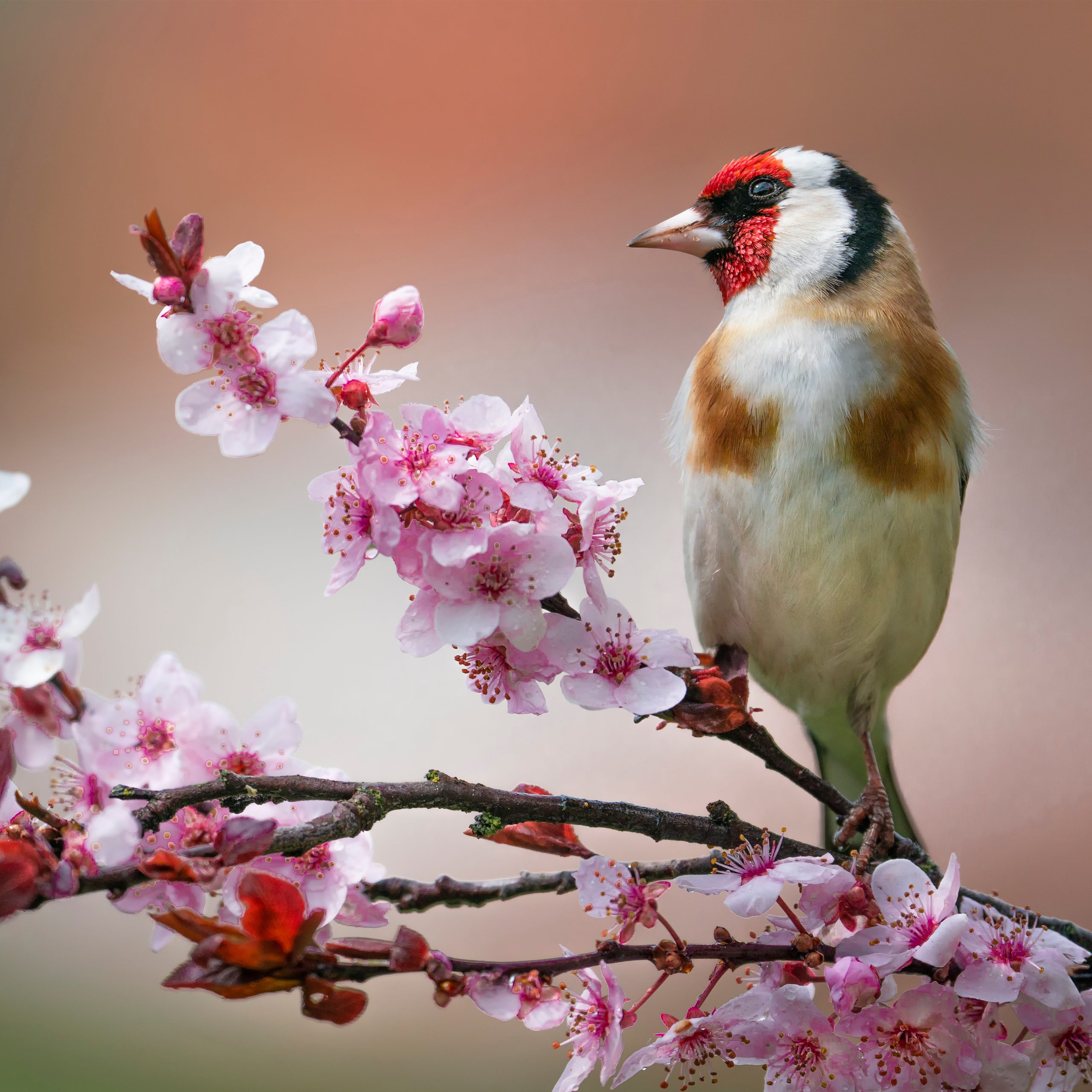
Goldfinch
The Goldfinch is a bright bird, with a red face and yellow wings. They are sociable birds and in the winter they migrate as far south as Spain. Goldfinches have an average wingspan of 21-25.5cm dependent on their age. The best foods to attract them are Nyjer Seeds and Sunflower Hearts.
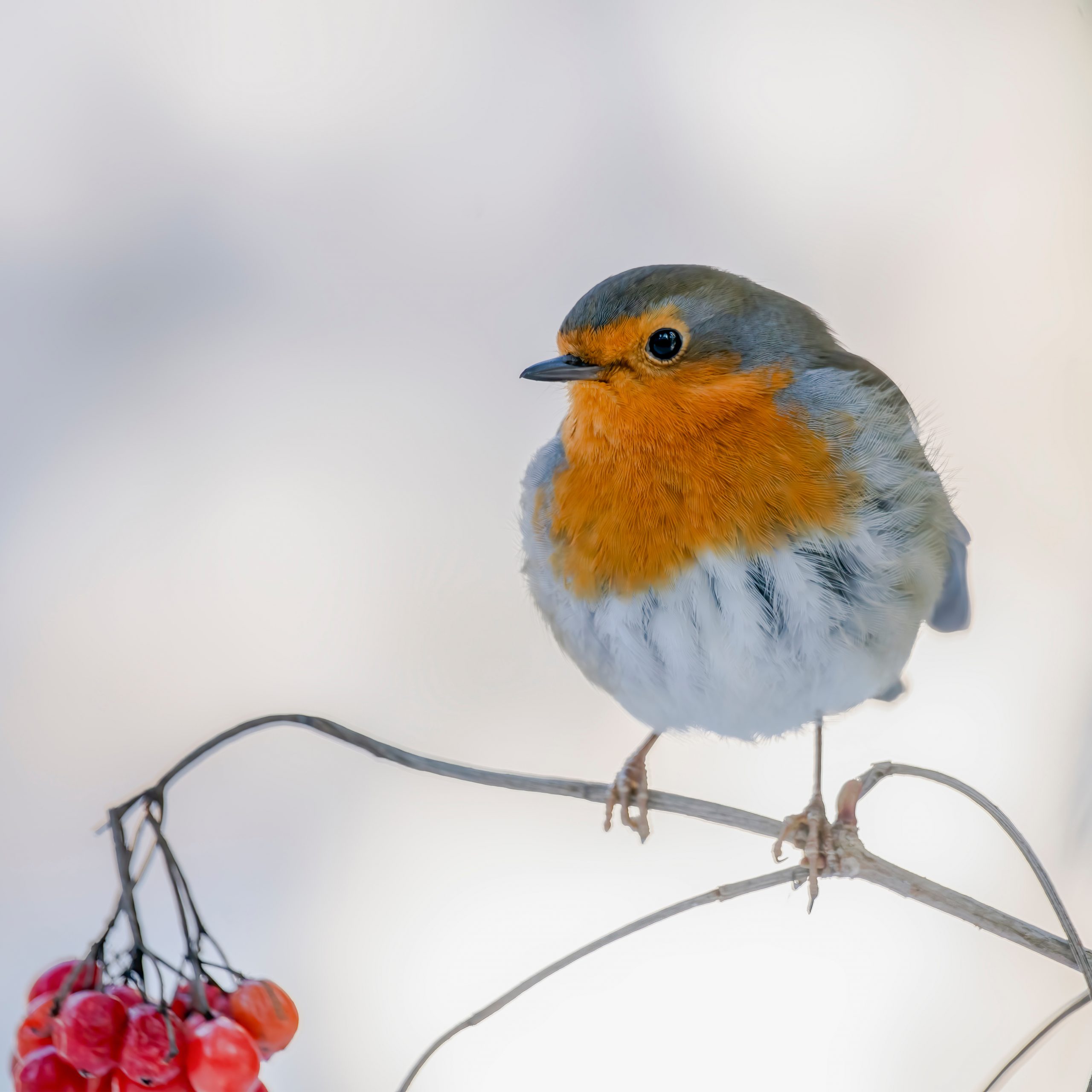
Robin
Robins, are the UK’s favourite bird according to rspb.org.uk and are extremely popular during Christmas. They have a bright red breast and golden brown wings. They have an average wingspan of 20-22cm. They are attracted to Sunflower Hearts and Mealworms.
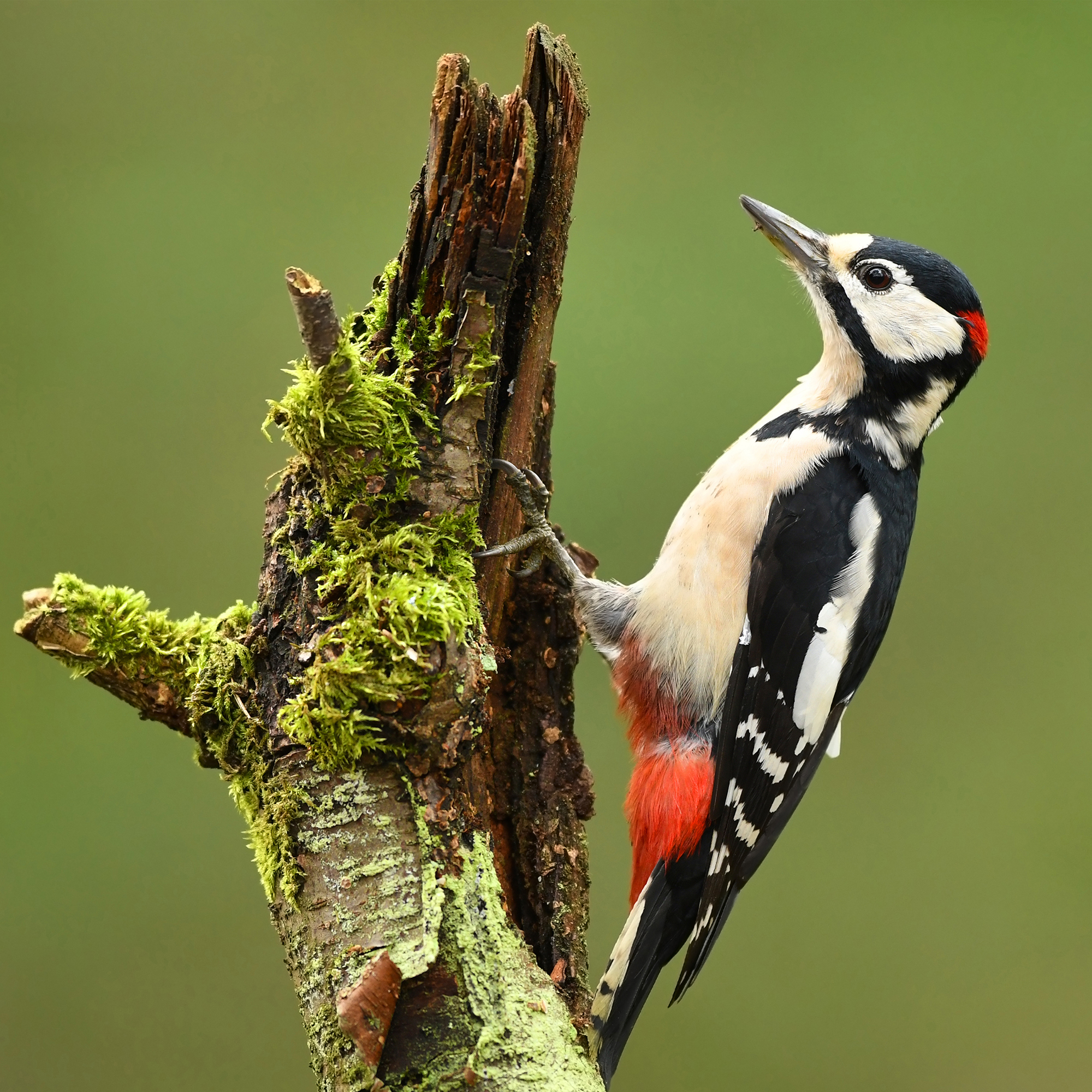
Great Spotted Woodpecker
The Great Spotted Woodpeckers are stunning birds with a unique bright red underbelly. Their distinctive black and white wings are beautiful, with an average wingspan of 34-39cm. They are most often spotted on tree trunks and branches. They are most attracted to peanuts and sunflower seeds.
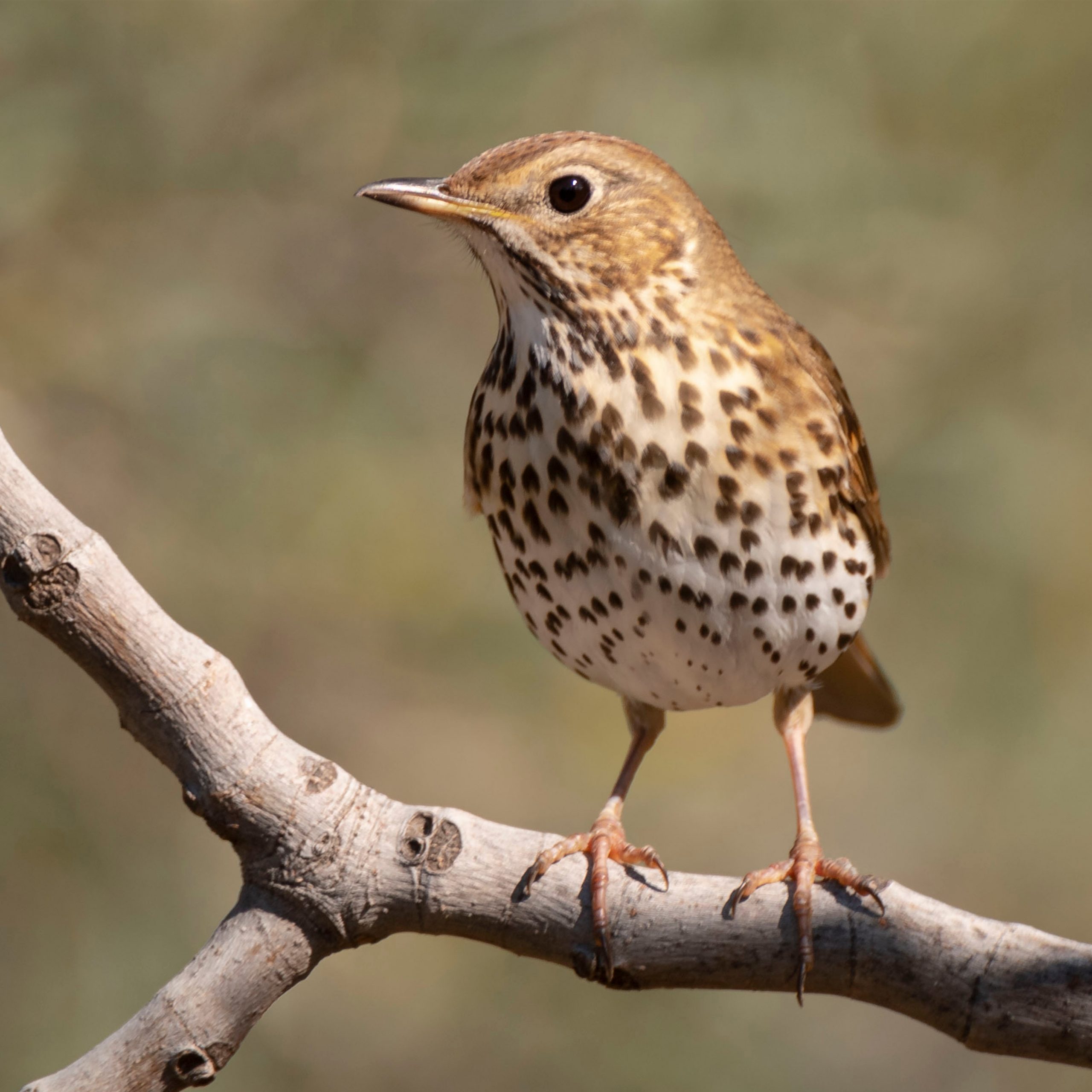
Song thrush
Song Thrush birds are a common and popular garden bird, they have spots on their underbelly and are a smaller bird within this family. They are mostly attracted to Mealworms and Peanuts and are best spotted in grass and farmland.
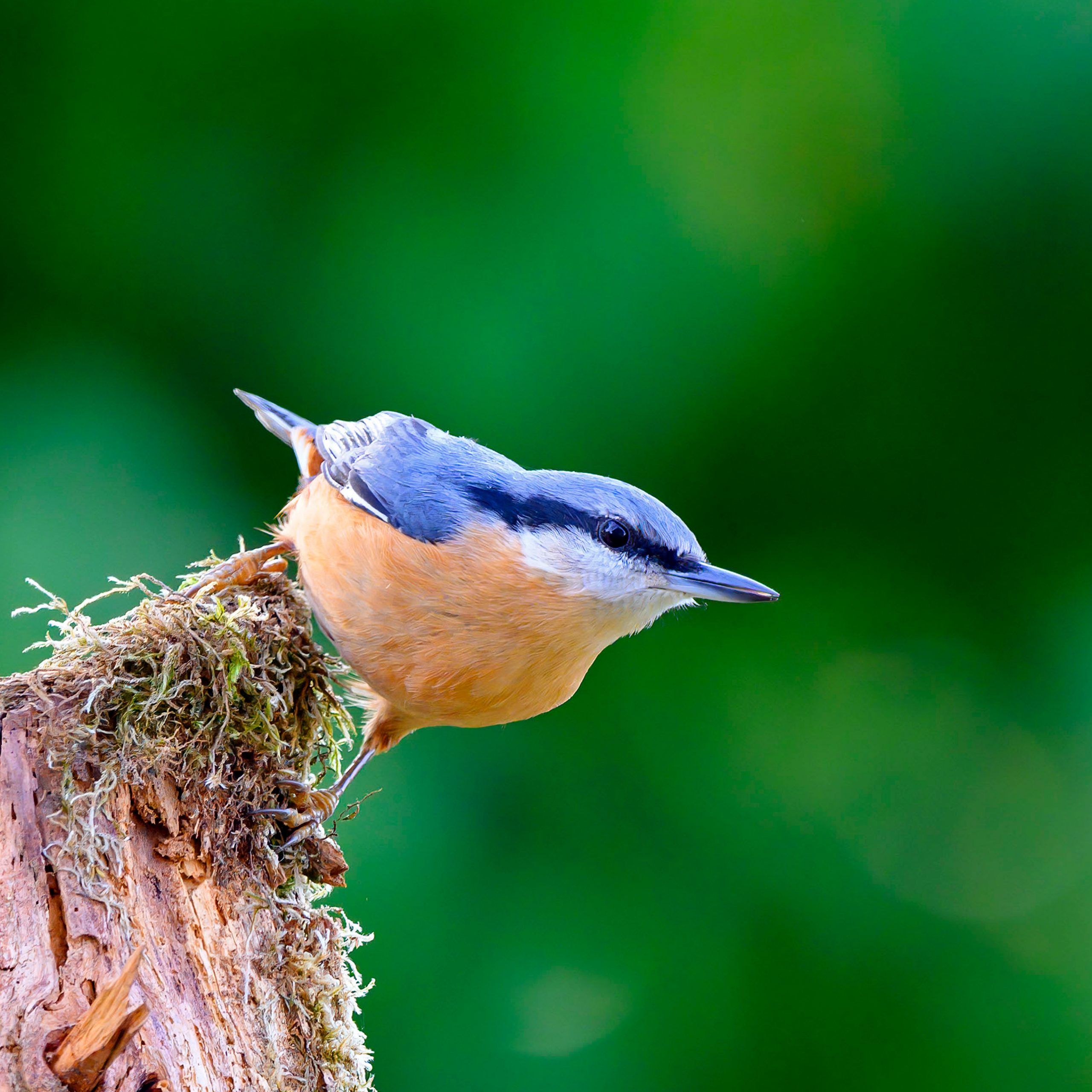
Nuthatches
Nuthatches are pump blue and grey birds, they are distinguishable by the black on their head. They are most common in England and Wales and have an average wingspan of 22.5-27cm. They are attracted to sunflower seeds and insects.
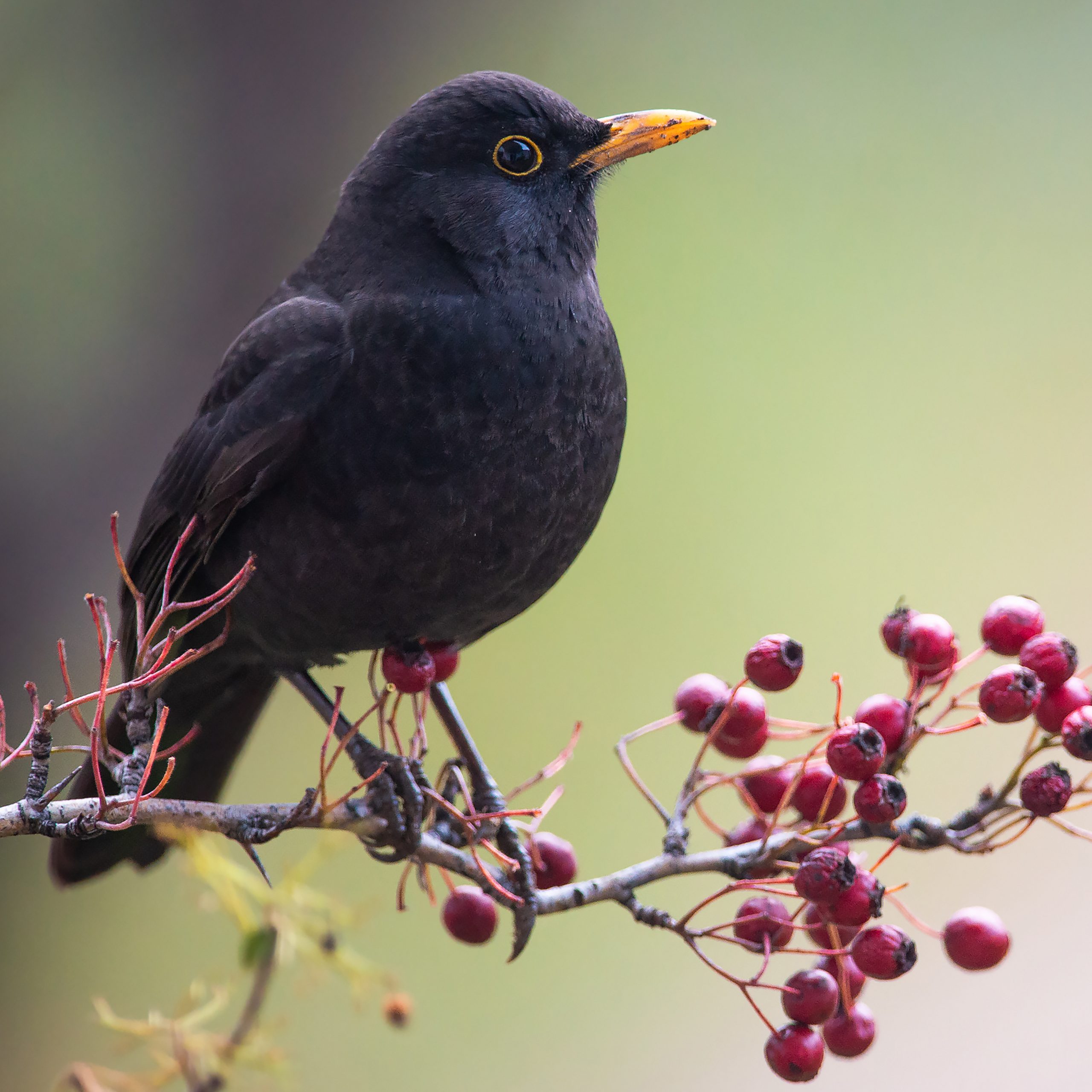
Blackbird
Blackbirds are one of the most common birds in the UK. Males have striking black feathers, whereas females are brown. They are both have distinctive orange beaks and have an average wingspan of 24-38.5cm and there is usually a winter population of 10-15 million. They are mostly attracted to Mealworms and insects.
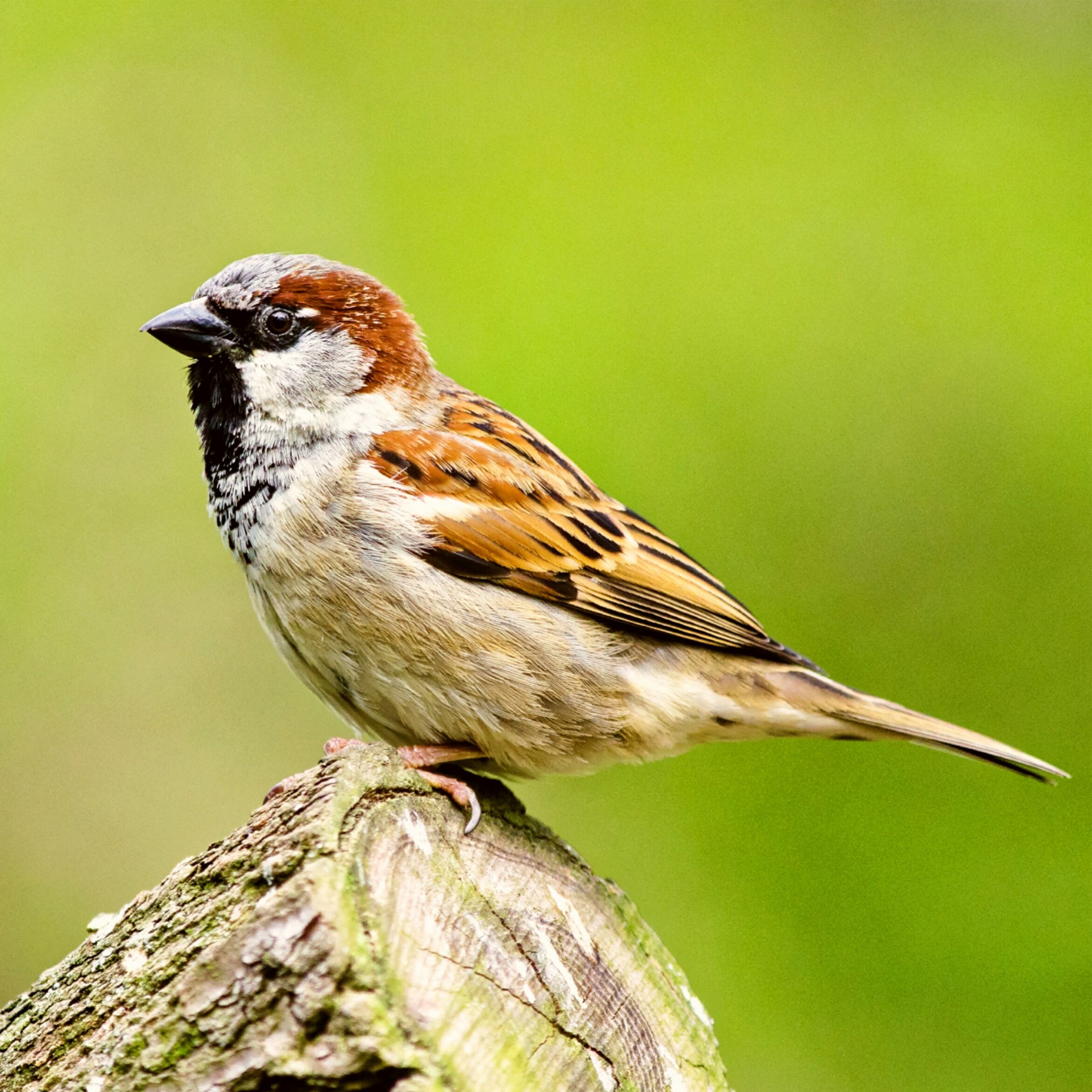
House Sparrow
The House Sparrow are noisy and gregarious and have taken residence in most of the world. There is an average UK breeding of 5.3 million pairs, and their population rates are increasing outside of England. They have an average wingspan of 21-25.5cm and have a stunning pattern along with their wings. They are most commonly are attracted to general bird seeds in gardens.
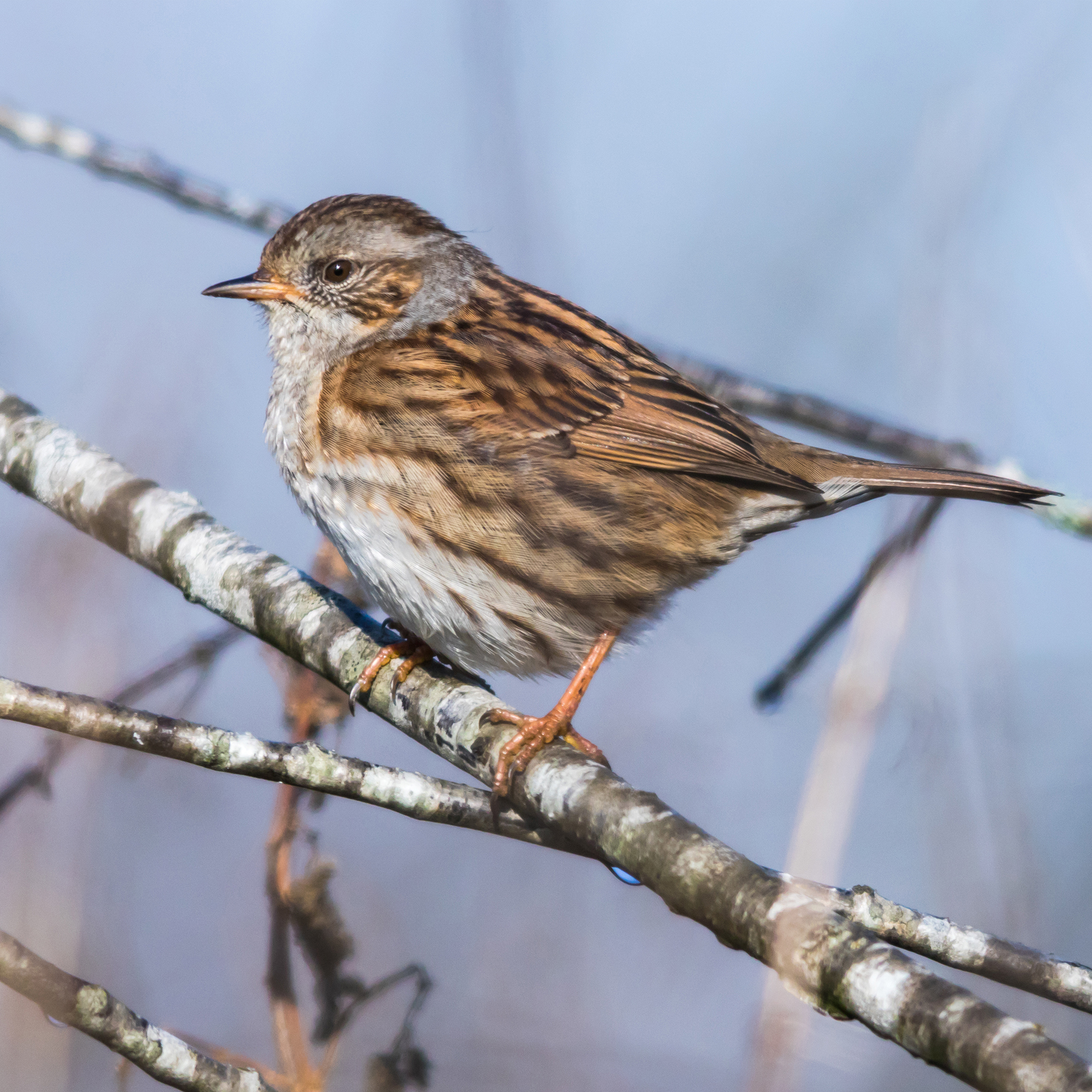
Dunnock
Dunnocks are small birds and have a brown and grey pattern. They are often spotted alone and relatively quiet birds. They have an average wingspan of 19-21cm and are most attracted to peanuts and seeds.
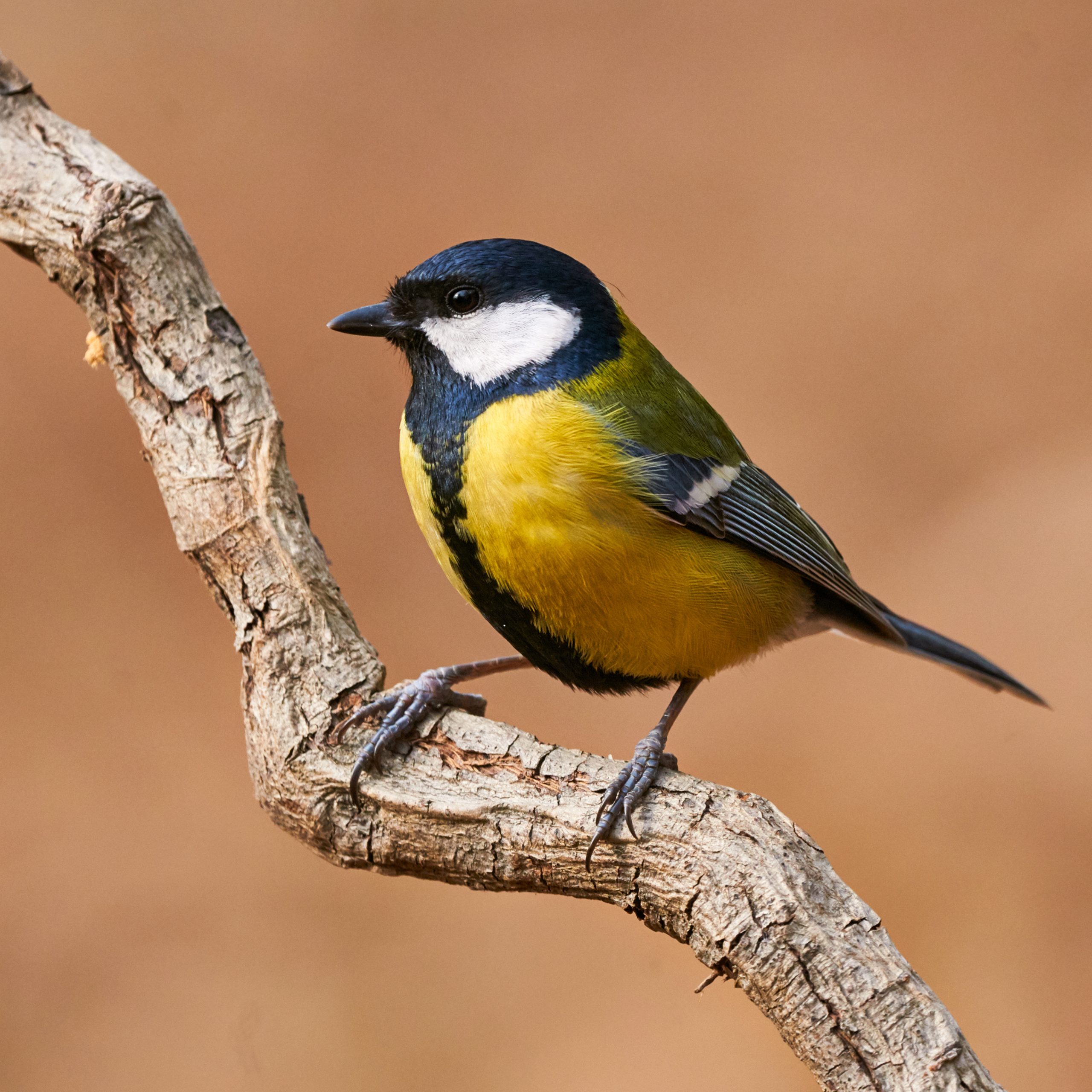
Great Tit
The Great Tit bird is green and black with a strikingly glossy back. They have a very distinct two-syllable chirp. Great Tits have an average wingspan of 24cm and fly in flocks with Blue Tits during the winter. The best foods to attract them to your garden or birdwatching space are Mealworms and Peanuts.



